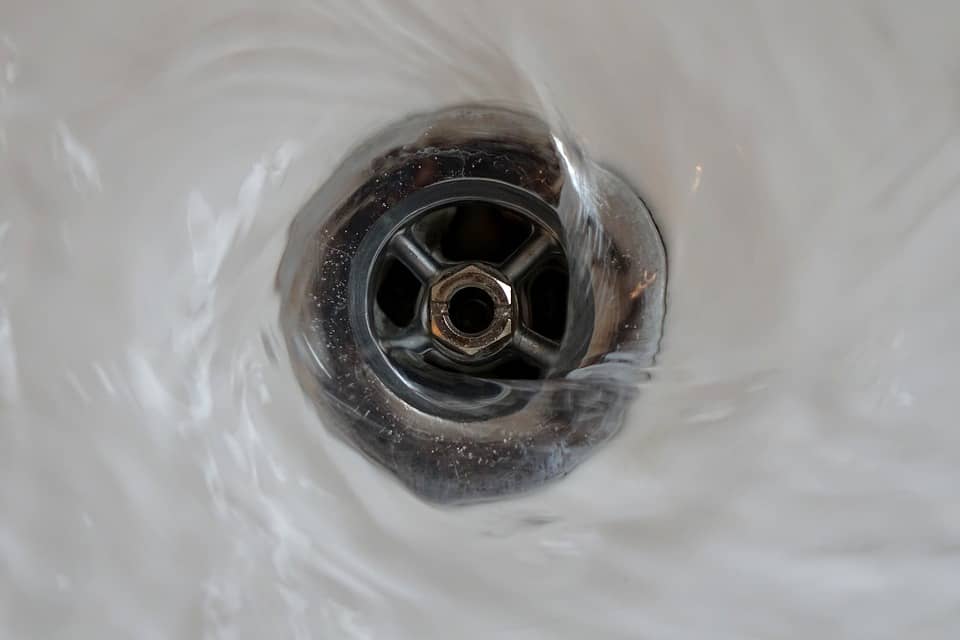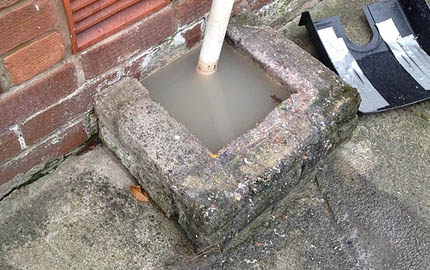Ways to Deal with a Blocked Drain Yourself Prior to Engaging Plumbing Experts
Ways to Deal with a Blocked Drain Yourself Prior to Engaging Plumbing Experts
Blog Article
Everyone will have his or her own conception when it comes to 8 Tips For Clearing A Blocked Drain.

Introduction
Handling a blocked drain can be a discouraging experience, disrupting everyday tasks and possibly triggering damages to your property. However, prior to connecting to plumbing experts, there are steps you can require to resolve the concern on your own. In this overview, we'll check out do it yourself options and preventive measures to deal with a blocked drainpipe successfully.
Determining the Concern
The very first step in dealing with a blocked drainpipe is identifying the indicators. Slow drainage, gurgling audios, foul odors rising from drains, or water support up prevail signs of an obstructed drain. Determining these signs early can help protect against better issues.
Choosing the Right Pipes Solution
When choosing a plumbing solution, consider aspects such as experience, licensing, and client evaluations. Pick a trusted plumber with a performance history of quality workmanship and transparent pricing practices.
Price Factors to consider
The cost of specialist drainpipe cleaning company can differ relying on the seriousness of the obstruction and the plumbing's prices. Demand quotes from several companies and ask about any kind of additional charges to make certain transparency and stay clear of surprises.
Safety Measures
When attempting do it yourself drain cleansing, prioritize safety. Wear safety handwear covers and eyewear to prevent contact with damaging chemicals or bacteria. Never ever blend various drain cleansing items, as this can create harmful fumes.
Instance Studies
Real-life instances highlight the performance of DIY options and the relevance of timely professional treatment in settling drain clogs.
Typical Root Causes Of Obstructed Drainpipes
Understanding the aspects that contribute to drain pipes clogs is important for reliable resolution. Common offenders include hair, soap residue, oil, food particles, and foreign items like sanitary items or paper towels. Tree origins getting into below ground pipelines can also create substantial clogs.
Do it yourself Solutions
For small blockages, a number of DIY solutions can be effective. Pouring boiling thin down the drain can aid dissolve grease and particles. Sodium bicarbonate and vinegar or a blend of salt and cooking soda can work as natural cleaners. Making use of a bettor or pipes snake to remove blockages is another choice.
Devices and Equipment
Having the right devices on hand can make do it yourself drainpipe cleaning up a lot more reliable. A bettor is a versatile tool for getting rid of blockages in sinks, commodes, and showers. A pipes snake or auger can reach deeper clogs, while drainpipe cleaning chemicals can be utilized cautiously for stubborn clogs.
Safety nets
To stay clear of future obstructions, adopting preventive measures is essential. Mount drain guards or filters to capture hair and debris before they get in the pipes. Frequently flush drains pipes with warm water to dissolve grease buildup, and stay clear of taking care of grease or solid waste away.
When to Call a Professional
While DIY remedies can fix small clogs, certain signs indicate the need for expert assistance. Consistent blockages, foul odors despite cleaning efforts, or numerous drains pipes backing up at the same time are red flags that require skilled intervention.
Conclusion
By complying with the tips described in this overview, you can efficiently take on obstructed drains pipes and protect against future plumbing problems. Whether selecting do it yourself remedies or looking for specialist aid, prompt action is key to preserving a healthy pipes system and maintaining the stability of your home.
How to Clear a Clogged Drain Yourself (And When to Call In the Professionals)
What Can Clog a Drain
Dirt Skin flakes Hair Grease Soap scum Food Offset pipes Tree roots Small objects Mineral buildup DIY Tricks to Unclog a Drain
You can fix this! Once you have identified the source of the clog (or have a vague idea), you can try one or a combination of these fixes in order to clear your plumbing.
Wire Hanger or Snake
Untangle and clear out hair from a drainpipe with a homemade snake. Use a straightened-out wire hanger with a 90-degree angle hook to locate the clog and drag out any unwanted material.
Remember not to push the clog further down to where the wire hanger cannot reach! If you need to follow up with a plunger, give it a try. Your efforts might be more successful after it’s been wire-snaked.
If you want to get fancy and don’t have a wire hanger to spare, head to the store and pick up a hand-operated drain snake. You can get one for $10-$30. It may save you the hassle, and provide additional length to reach deep into the clogged pipe.
Plunger
A cup plunger has a suction cup attached to a wooden handle. The rubber creates a seal around the drain, and increases the pressure force of the plunger.
Plunge for 30-second increments to loosen the clog. This may need to be repeated over the course of 15-20 minutes. Once plunged, run the water to flush the remaining material out of the drain.
Remember– never use a plunger if you have used a chemical drain cleaner. These chemicals can splash up from the force of the plunger and cause serious injury or burns.
Boiling Water
Hot water can sometimes break up materials into a flushable amount. Dirt, grease, and soap buildup requires heat in order to unstick from surfaces.
Take your kitchen kettle and heat your water to a boil. Once it reaches a rolling boil, pour it directly down the drain into the blockage. Carefully follow with plunging, if necessary.
Don’t worry if this takes more than one try! It can often take multiple kettles and repeated plunging in order to clear a particularly stubborn clog.
Chemical Drain Cleaner
As a last resort, pick up a bottle of chemical drain cleaner. Drain-cleaning chemicals are potent, and not very good for the environment.
You may need to wear protective eyewear in gloves before handling your bottle of chemical drain cleaner. Follow the instructions printed on the bottle, and flush with water as soon as the instructions allow. Do not follow with plunging.
Baking Soda and Vinegar
As a safer alternative to chemical drain cleaner, baking soda and vinegar can create a chemical reaction that clears tough clogs.
Combine one cup of cleaning vinegar with one cup of boiling water, and set aside. Once you have done this, pour half a cup of baking soda down the drain. Give the baking thirty seconds to settle and cover a large portion of the problem drain.
Following the baking soda, pour down your vinegar and hot water solution. Once the vinegar and baking soda combine, the mixture will bubble and fix. Let this reaction fizzle in the drain for about an hour.
After an hour, follow with a kettle’s worth of hot water. The heat and liquid should flush out any remaining material.
When to Call a Plumber
If your DIY attempts haven’t cleared your clog drain, it’s time to call in a professional. It’s not worth losing access to your kitchen sink or high-traffic bathroom. A clog in a vital area can keep you from the things you’d rather be doing, and derail your routine.
Anytime a clog is causing water to spread is a time to call in a plumbing service. What starts out as a little bit of water can quickly grow into serious, expensive water damage.
Additionally, a serious clog can result in burst pipes or serious leaks. Make sure you know when to take it seriously!
https://myguysnow.com/how-to-clear-a-clogged-drain-yourself-and-when-to-call-in-the-professionals/

I'm just very fascinated by Tips for Dealing with Clogged Drains and Sewer Lines and I'm hoping you enjoyed my page. Those who appreciated our page please don't forget to share it. Thanks a bunch for being here. Please come visit our site back soon.
Book A Service Report this page